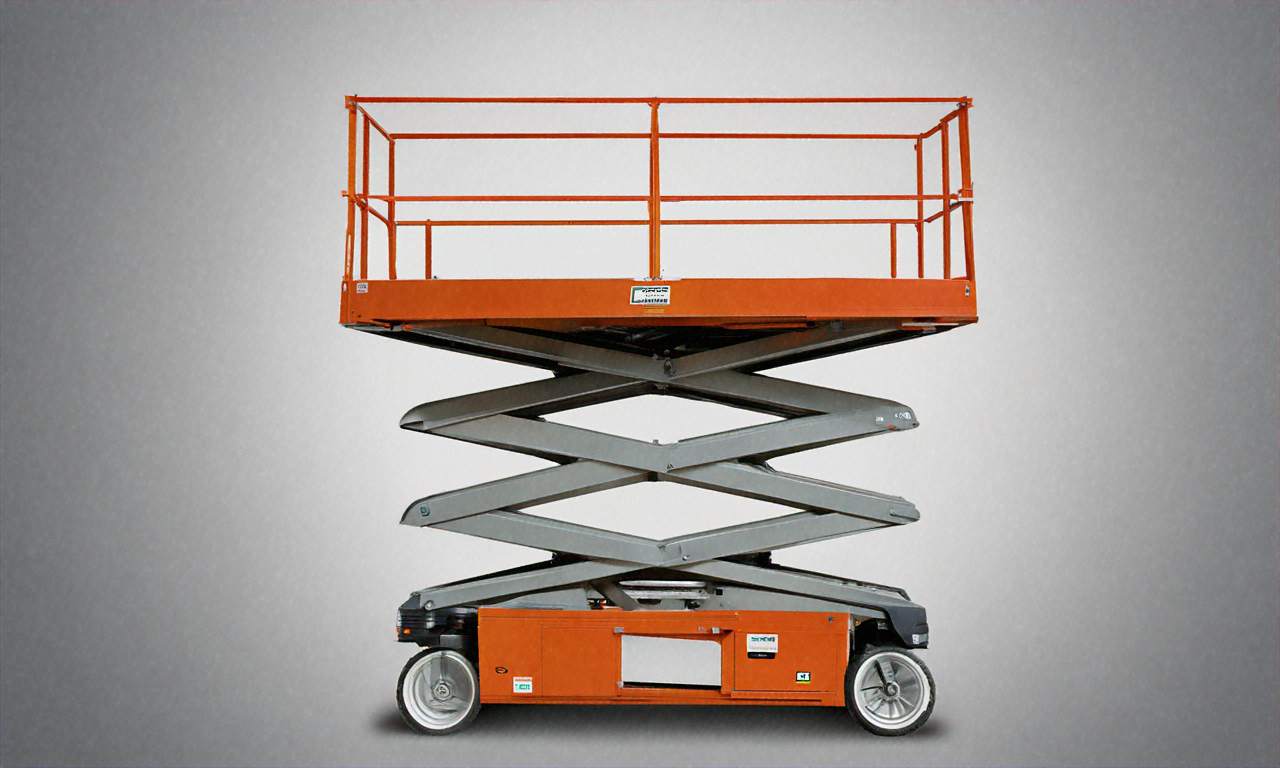Understand the Safe and Efficient Use of the Continuous Auger Drilling Machine
Continuous auger drilling machines are powerful construction tools that require careful operation and maintenance to ensure workplace safety and optimal performance. These specialized drilling systems are commonly used for foundation work, soil sampling, and utility installations across various construction projects. Understanding the proper handling techniques, maintenance requirements, and safety protocols is essential for operators and site supervisors to prevent accidents and maximize equipment efficiency.

Continuous auger drilling machines represent a significant advancement in construction technology, offering precise drilling capabilities for various applications including foundation installation, geotechnical investigation, and utility work. These machines combine power with precision, making them invaluable tools for construction professionals who need reliable drilling performance in challenging soil conditions.
What Are Proper Handling Techniques for Continuous Auger Drilling?
Operating a continuous auger drilling machine requires specific techniques to ensure both safety and efficiency. Before starting any drilling operation, operators must conduct a thorough pre-operation inspection of all mechanical components, hydraulic systems, and safety devices. The drilling process should begin with proper positioning of the machine on stable, level ground, ensuring adequate clearance from overhead obstacles and underground utilities.
During operation, maintaining consistent drilling speed and applying appropriate downward pressure prevents excessive wear on the auger and reduces the risk of equipment damage. Operators should monitor torque readings continuously and adjust drilling parameters based on soil conditions. When encountering hard materials or obstructions, reducing drilling speed and increasing torque gradually helps prevent sudden equipment failure or operator injury.
Essential Maintenance and Inspection Tips
Regular maintenance forms the backbone of safe and efficient continuous auger drilling operations. Daily inspections should include checking hydraulic fluid levels, examining auger flights for wear or damage, and verifying the proper functioning of all safety systems. Weekly maintenance tasks involve lubricating all grease fittings, inspecting hydraulic hoses for signs of wear or leakage, and testing emergency shutdown procedures.
Monthly maintenance schedules should include comprehensive engine servicing, hydraulic system pressure testing, and detailed examination of the drilling mast and support structures. Keeping detailed maintenance records helps identify patterns of wear and enables proactive replacement of components before failure occurs. Operators should also maintain an inventory of critical spare parts, including auger sections, hydraulic seals, and wear plates.
Critical Worksite Safety Best Practices
Implementing comprehensive safety protocols protects both operators and nearby personnel from potential hazards associated with continuous auger drilling operations. Establishing a clear exclusion zone around the drilling area prevents unauthorized access and reduces the risk of injury from moving equipment or flying debris. All personnel working near the drilling operation must wear appropriate personal protective equipment, including hard hats, safety glasses, and steel-toed boots.
Communication protocols are essential for coordinating drilling activities with other construction operations. Using standardized hand signals or radio communication ensures clear understanding between the operator and ground personnel. Emergency procedures should be established and regularly practiced, including immediate shutdown protocols and evacuation routes in case of equipment malfunction or site hazards.
Training and Certification Requirements
Proper operator training significantly reduces the likelihood of accidents and equipment damage during continuous auger drilling operations. Comprehensive training programs should cover machine operation principles, safety procedures, basic maintenance tasks, and emergency response protocols. Many manufacturers offer specialized training courses that provide hands-on experience with specific equipment models and their unique operating characteristics.
Ongoing education ensures operators stay current with evolving safety standards and technological improvements. Regular refresher training sessions help reinforce proper techniques and introduce new safety protocols as they develop. Documentation of training completion and certification maintenance demonstrates commitment to workplace safety and may be required for insurance or regulatory compliance.
Environmental Considerations and Site Preparation
Successful continuous auger drilling operations require careful consideration of environmental factors and thorough site preparation. Soil conditions, groundwater levels, and weather patterns all influence drilling performance and safety requirements. Conducting geotechnical surveys before beginning drilling operations helps identify potential challenges and allows for appropriate equipment selection and operational planning.
Site preparation includes marking underground utilities, establishing proper drainage, and ensuring adequate access for equipment and personnel. Environmental protection measures may be necessary to prevent soil contamination or groundwater impact, particularly when drilling in sensitive areas or near water sources.
Troubleshooting Common Operational Issues
Experienced operators develop skills in identifying and addressing common problems that arise during continuous auger drilling operations. Excessive vibration often indicates worn auger flights or improper drilling parameters, while hydraulic system irregularities may signal fluid leaks or component wear. Understanding these warning signs enables prompt corrective action before minor issues escalate into major equipment failures.
Maintaining detailed operational logs helps identify patterns and recurring issues that may require systematic solutions. Regular communication with equipment manufacturers and service technicians provides access to technical support and updates on known issues or improvements. Developing relationships with reliable service providers ensures prompt response when major repairs or specialized expertise are needed.




